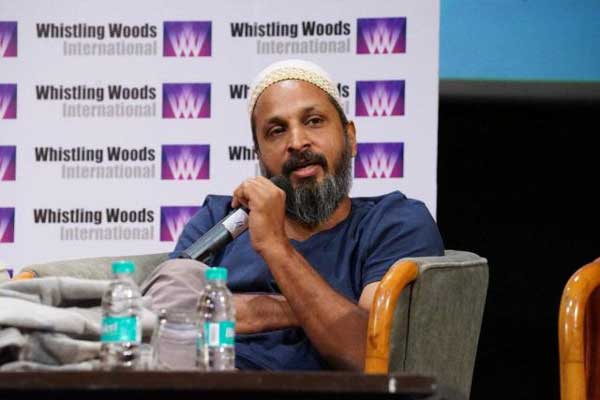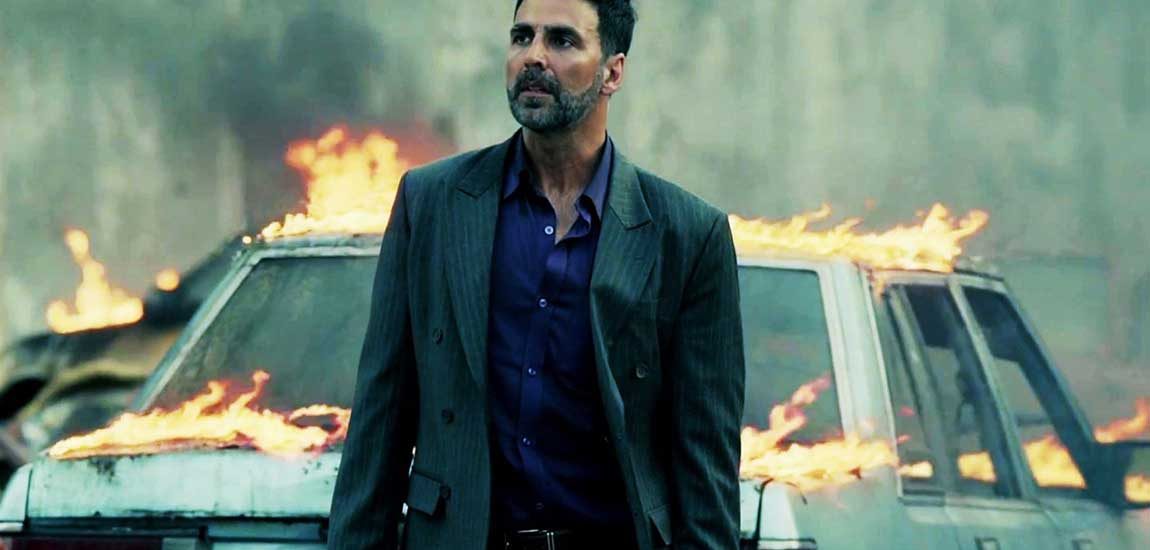The Strength of Airlift’s Production Design Is In Its Simplicity
Production Designer Mustafa Stationwala shares his story of working on Airlift, the highlights of the journey and how he got lucky with one of the best teams he’s worked with till date.

Mustafa Stationwala, Production Designer, Airlift.
Tell us a little bit about how you came on to the project, and what it was that piqued your interest in it.
The Kuwait invasion was familiar to me as I had a lot of people in my family (especially my brother) who were there at that point of time. So when Raja (Menon, Director) called up and narrated the story, I instantly connected with it, and the rest is as you know!
READ: AIRLIFT IS AN IMPORTANT STORY FROM AN IMPORTANT EVENT – RAJA MENON
Cinematographer Priya Seth in an interview described the film as one having ‘a congruous single visual look that came from the material’. Tell us a little bit about the brief given to you.
The brief given to me, and all the crew members, was a simple and sweet, “Let’s make an honest film,” within the given resources. So the approach from day one of when we started work was to be honest to the script and storytelling, rather than to the beautification of the frame. And all the departments came together to make it possible. In the process, I realised that my job became more of removing things from the frame than adding them.
So how did you go about the research/conceptualisation process?
We started with a crazy meeting with Raja Menon, Priya Seth, and the AD team, which had done brilliant research work on Kuwait before I came on board. That was the strength for me to take it further. When my team started working on it, it was more about creating a visual library for all.
We were working on a subject and a country that not many people were aware of, and apparently there is not much information available in publications or on the Internet. So the plan was to meet people and talk to them. I visited my hometown and spoke to a few family members, asking them to describe what had happened. After collecting all the given information, we started work on the design, keeping the simplicity of the subject intact without glamourising the matter.
You shot in various locations in Rajasthan. What was the experience like and did you face any challenges while travelling?
We shot in Jodhpur and Jaisalmer. it was a great experience but the challenge was creating the school set. To our surprise we found the space and architecture that was quite close to what we wanted, but to create the feel of the camp and getting all the nuances right, became a difficult task.
We did quite a bit of construction in the school, without damaging the existing space, to create our own nooks and corners, as required by the script.
READ: THE VISUAL BRIEF OF AIRLIFT CAME FROM THE SCRIPT ITSELF – PRIYA SETH

A still from Airlift.
What would you say are the strengths of the production design of Airlift?
The strength of production design, as I said earlier, was the conscious decision of keeping the beautification aspect away, and keeping the eye on the simplicity of the story and storytelling.
Describe the ethos of the film as you interpreted it in 3 lines.
It’s a feel good factor for me, as – by working on Airlift – I have been part of a project, which tells the story of a heroic event by my country.
What was the sort of brief you gave your team members to execute your concepts?
The Airlift team has been one of the best teams I have worked with up till now. The brief to them was to keep an eye out all the time on the shoot so we don’t miss out on anything that is not needed in the frame.
We always had our visual bank to refer to, in terms of detailing. We had also collected props of that time from houses of those who had been a part of the event, and that made it more realistic. As a team, we have tried to the best of our capability to honestly approach the subject of the film.
READ: I HAD TO HOLD BACK FROM BEING A HERO- AKSHAY KUMAR
And some of your favourite parts of working on the film would be?
The best times I had was when we were on the street of Ras Al Khaimah burning cars like crazy, and our long creative meetings in the car at the time of recce.



